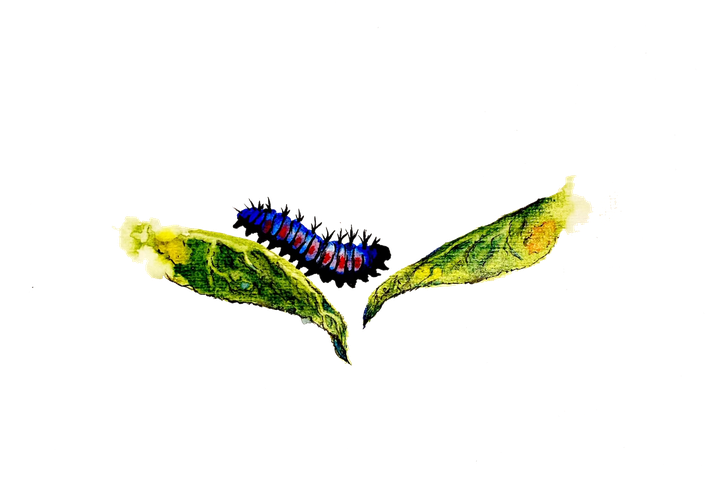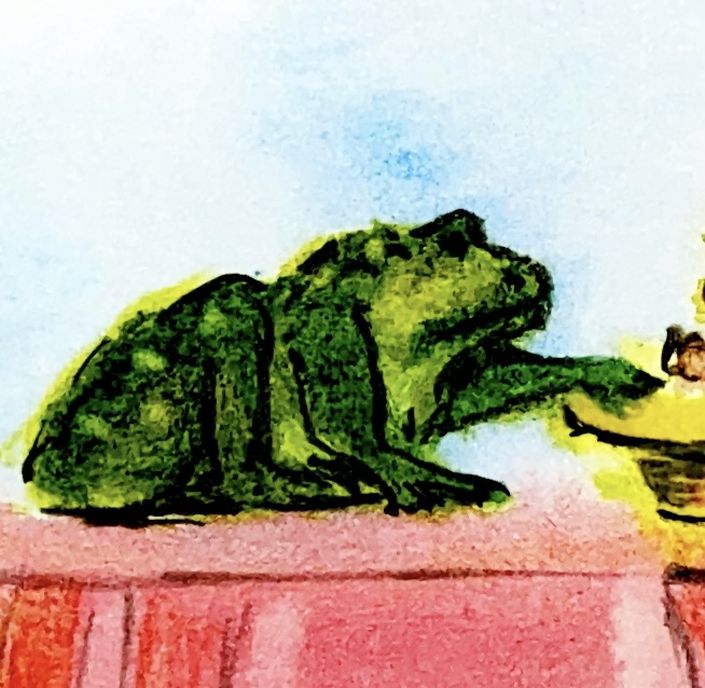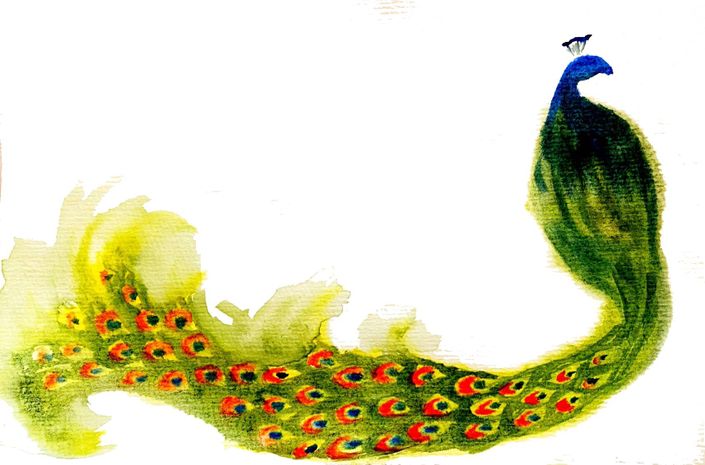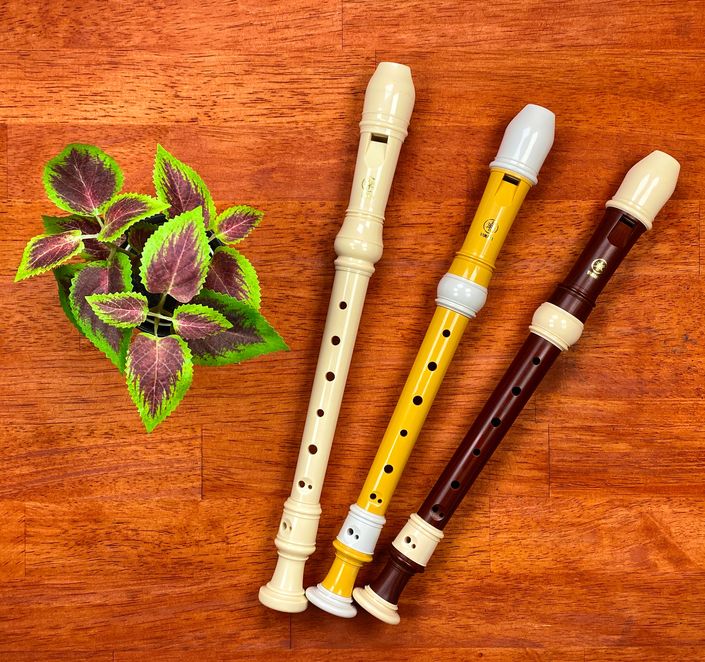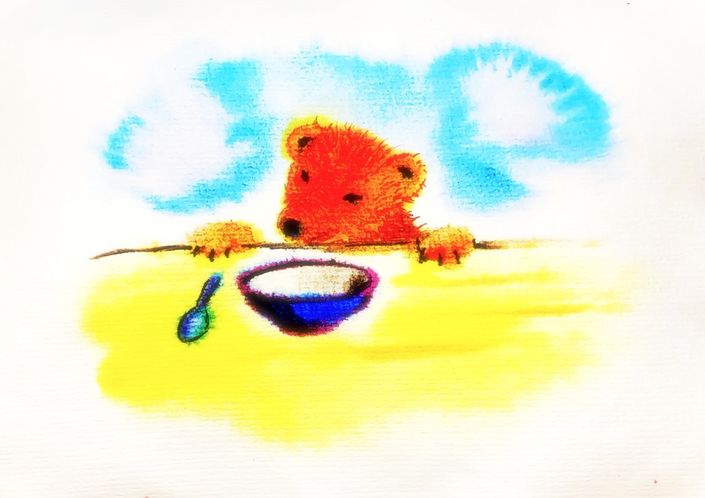
Level One Clay Modeling Course
What you will learn:
- The advantages and challenges to modeling with natural clays
- The advantages and challenges to modeling with polymer clays
- The creation of basic forms (sphere, egg, bowl, etc) and their use in creating more complex modeling projects
- Greater manual dexterity and fine motor coordination
What you will receive:
- A course overview and description
- A clear materials list for the course
- Additional videos that delve into fundamental pedagogical topics
- Additional articles that explore various pedagogical considerations
What you will need:
- At least two handfuls of clay (natural clay, polymer clay, or at least two handfuls of each)
- a working surface such as a craft table or a plastic cutting board
- a water container if you choose to use natural clay
- an inexpensive set of plastic sculpting tools
- A positive attitude, because we all make mistakes and it is part of the journey!
Description
The course takes the student, step by step, through the process of developing skills and dexterity for modeling with clay. The projects start very simply and continue building upon the previously practiced skills for the completion of more complex projects. These lessons are also designed to allow for flexibility. For example, a child might struggle with the diamondback pattern on a rattlesnake. If so, the project can be simplified to just modeling the shape of the snake with the rattler tail, leaving out the patterning.
Who This Course is For
This course is for anyone who wants to begin learning how to model with clay, whether you intend to teach the subject to others or you are just learning for yourself. The lessons are suitable for any age group, from young student to teens to adults.
Reminders:
- As you watch the video, you can pause to give yourself more time. You can watch certain parts over and over.
- You can do any of these lessons with polymer clay or natural clay. Use whatever works for you! If you choose to use natural clay, be sure to have it prepped and ready to go. In other words you may need to moisten your natural clay.
If your swan turns out to look more like a goose, that's okay. In order to keep the head from sagging, the neck must be left thick enough and that might look more like a goose. Either way is fine.
More from the course creator:
36 basic lessons for beginners to learn about clay modeling. All 36 lessons take a student from start to finish with each project, starting simply in order to develop the skills and dexterity needed for some more complicated projects later on. The projects are all suitable to be performed with either natural clay or polymer clay and both of these clays are used in different lessons as a demonstration.
This course focuses only on the modeling, not any of the various "finishing" procedures that could be undertaken, such as kiln firing, glazing, drying, painting, etc. In this course we just model the different projects by hand and with a very simply plastic sculpting tool that can be purchased inexpensively from any craft store.
This course is suitable for any age from 6 up. That being said, people have different abilities; so an adult may choose to simplify a project for a student who struggles. For example, the last lesson in this course is a diamondback rattlesnake. The snake body, even the tail, would be achievable by almost all students, but the diamondback patterning on the body can be much more challenging. So, a parent/teacher may choose to leave out the patterning and just stop with the body shape. In this way, the lessons can be adapted to meet the students optimally.
Example Curriculum
- Lesson 1: Conditioning Natural Earth Clay (7:40)
- Lesson 2: Sphere (7:51)
- Lesson 3: Bowl (5:51)
- Lesson 4: Acorn (13:42)
- Lesson 5: Nest with Eggs (10:10)
- Lesson 6: Garden Slug (10:45)
- Lesson 7: Snowman / Snowperson (17:33)
- Lesson 8: Fruit (Pear, Banana, Grapes) (11:40)
- Lesson 9: Pig (10:11)
- Lesson 10: Bird on a Log (9:09)
- Lesson 11: Fish (9:38)
- Lesson 12: Turtle (10:03)
- Lesson 13: Bunny (9:14)
- Lesson 14: Gnome Head (12:51)
- Lesson 15: Caterpillar (12:12)
- Lesson 16: Mushroom (6:07)
- Lesson 17: Penguin (9:12)
- Lesson 18: Duck (6:05)
- Lesson 19: Snail (7:09)
- Lesson 20: Starfish (10:01)
- Lesson 21: Seahorse (12:57)
- Lesson 22: Sitting Cat (9:30)
- Lesson 23: Lion's Face (14:27)
- Lesson 24: Unicorn (10:30)
- Lesson 25: Cobra (8:26)
- Lesson 26: Seashell (6:12)
- Lesson 27: Swan (7:45)
- Lesson 28: Sun (15:15)
- Lesson 29: Leaf Being (12:27)
- Lesson 30: Jack o' Lantern (10:29)
- Lesson 31: Gingerbread Person (9:25)
- Lesson 32: Mermaid (8:21)
- Lesson 33: Rose (8:24)
- Lesson 34: Canoe and Rider (10:36)
- Lesson 35: Pea-Pod People (11:15)
- Lesson 36: Rattlesnake (16:47)
Featured First Grade Courses
You also might be interested in our First Grade Courses or consider our core course bundle which includes First Grade Stories, First Grade Math, First Grade Language Arts and a bonus course, First Grade Math Tips and Tricks.
First Grade Core Bundle
Our bundle includes First Grade Stories, First Grade Language Arts, First Grade Math , and a bonus course, Fir
